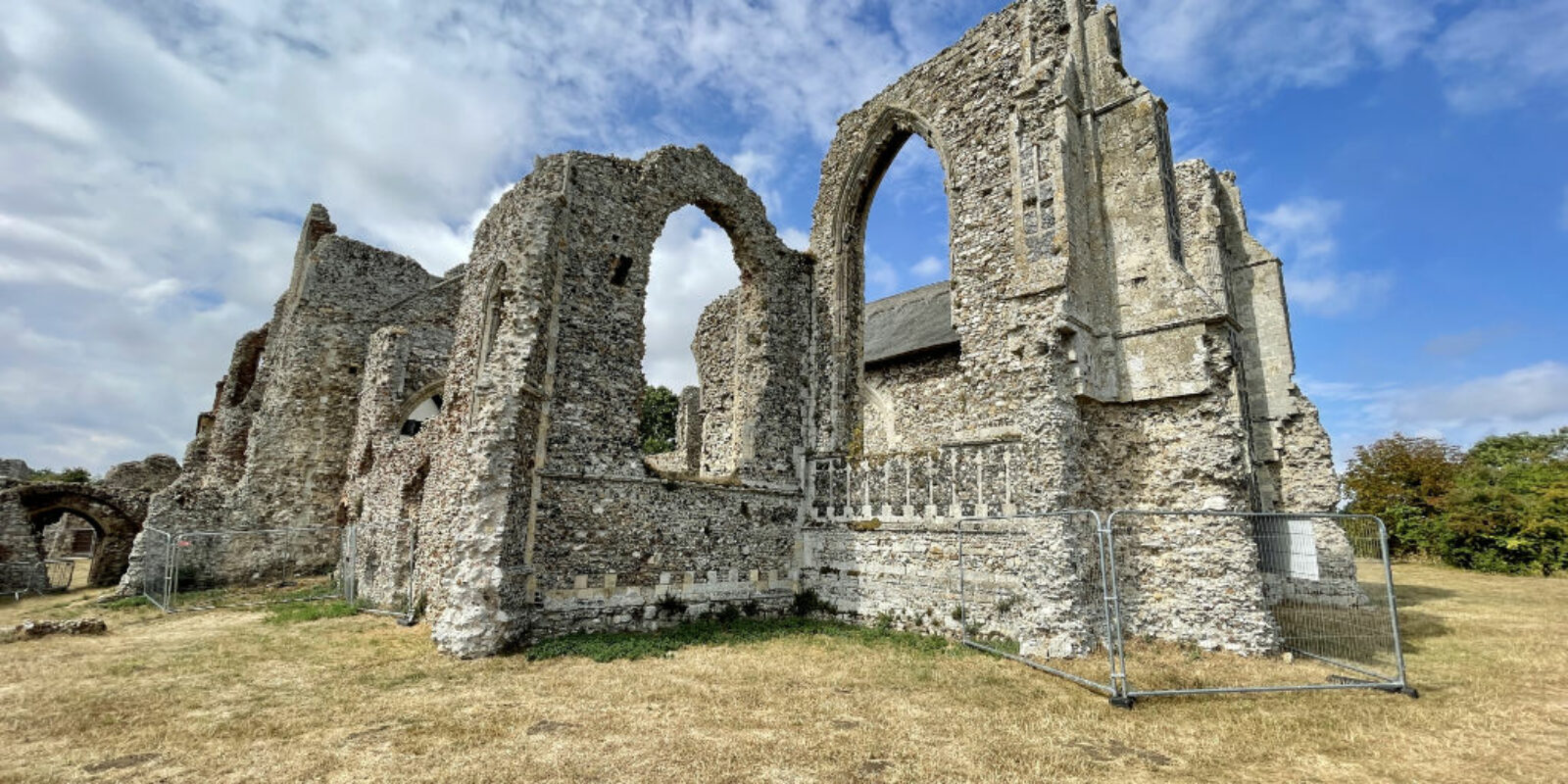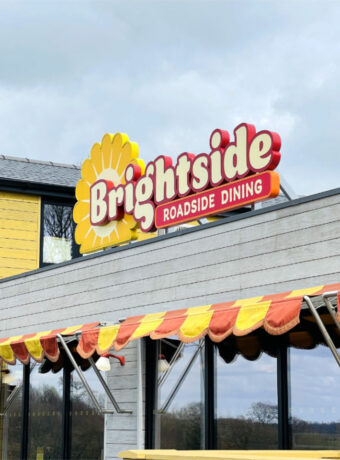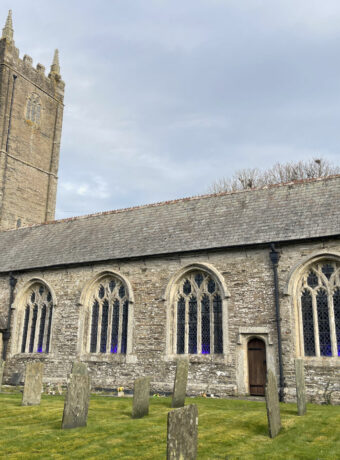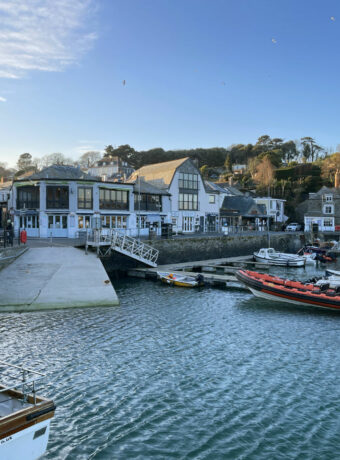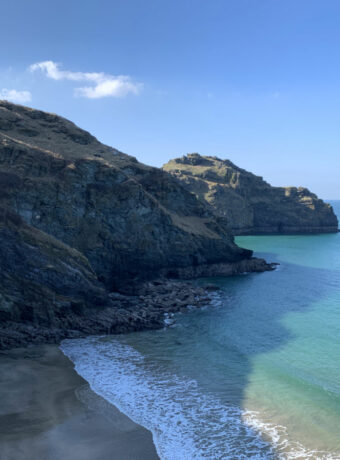All photos and images are copyright protected. Digital images and prints are available for purchase, please use the contact page or leave us a message below. All rights reserved
Located not far from the ruins of Dunwich, the very same one that fell in to the sea (also often dubbed England’s own Atlantis) are Leiston Abbey ruins.
Listed on the English Heritage website as one of Suffolk’s most impressive monastic ruins and a must visit if you are in the area. Founded ona different site in the 12th century, it was moved here in around 1363. In fact, the new abbey was rebuilt using materials from the old abbey. You can see some Norman features incorporated here.
After the Dissolution of the Monasteries, a farmhouse was built into the corner of the nave, and the church itself was used as a barn.


Some significant parts of the 14th century church have survived remarkably well with a number of walls still at the almost full height.
One of the most amazing things about the Leiston Abbey ruins is that built in to the ruins itself is a Georgian-fronted dwelling which is now used as a retreat.
What is it now
Throughout its long history, the Abbey has had many functions. From its religious origins to later serving as farm buildings. Today, musical trust, Pro Corda run their music residencies for young people in Abbey House. Teaching and training young future musicians in the art of chamber music.
Leiston Abbey is currently managed by Pro Corda Trust.
When we visited, there were several barriers put up for maintenance work, although no further information was provided on how long or what the details of the work was.
It is easy to miss the dirt track leading up to the Abbey ruins is both gravelly and bumpy. There is ample car parking space. Entry is free.
Photos of Leiston Abbey Ruins
Behind these facades is the centre of the abbey church. The church was built in the form of a cross. There were two ahapels on either side of the chancel, the area in front of the alter. The Lady Chapel can be seen in previous photo above is roofed and is occasionally used for services.

Click on the thumbnails below for a closer look.
Stones Re-used
The stones in the center of the church were originaly from the earlier abbey at Minsmere. Some of the ornamental stone were re-used without alternations with its original carving from nearly 200 years after it was first placed at Minsmere. It is not unusual in East Anglia for stones to be taken from one building for use in another. However, these stones were usually re-carved in the style of the day. Leiston Abbey must have appeared very old fashion having bits taken from 1180s and applied into this current building in the 1360s.




The History of Leiston Abbey
From the information panel displayed on site, here is a brief history of the Abbey.
In 1182, Sir Ranulf de Granville, a local landowner and Lord Chief Justice to King Henry II, established an abbey at Minsmere. Minsmere was a marshy area near the coast three miles from the current site.
After nearly 200 years, Minsmere became prone to flooding. Because Suffolk has so little good quality stone capable of being carved or sculptured, much of the stone was taken down and brought to the site to create the new abbey.
The abbey was of the Premonstratensian order, a very strict order who favoured remote location well away from towns. The order was started in 1119 by Saint Norbet of Premontre in northern France.
The inmates wore black and white robes and were ordained priests unlike the monks of other religious orders.
Leiston, along with all the other monasteries was dissolved by King Henry VIII. In 1637, the community was turned out and the last abbot given a small pension. The ordained priests could either leave or transfer to another abbey of the same order.
The abbey became a farmyard until saved from further decay in the 1920s.
Location Map
Address: Abbey Rd, Leiston IP16 4TD
Website: English Heritage Page for Leiston Abbey
Admission and Car Park is Free
